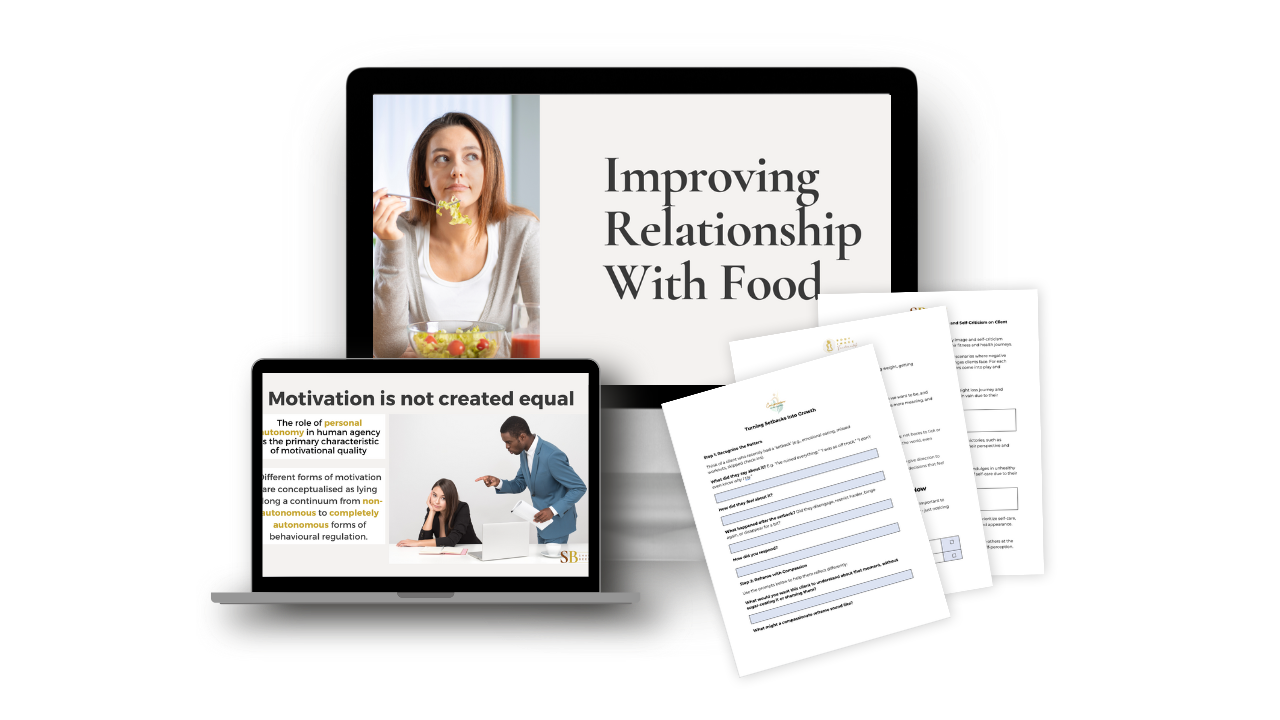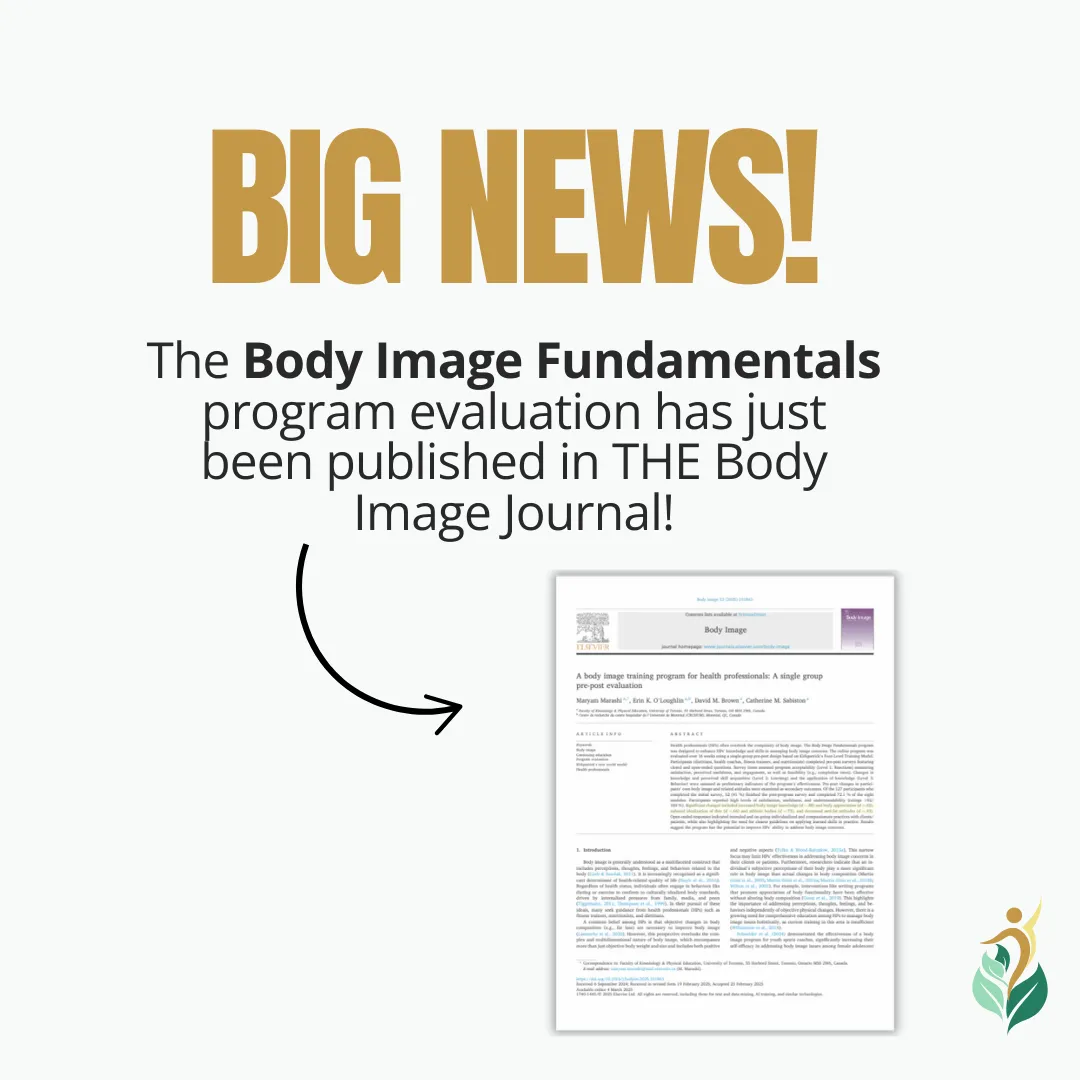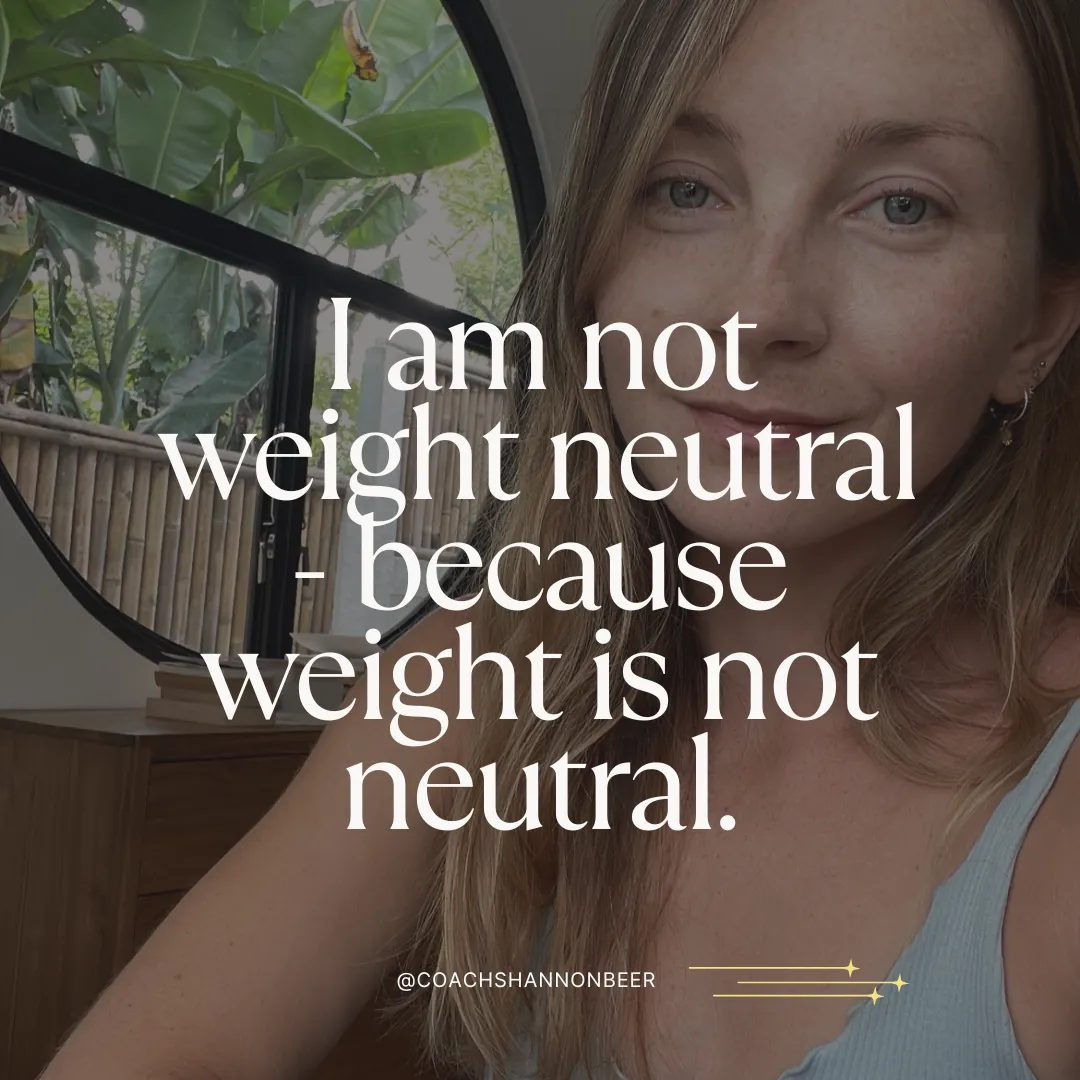Flexible Dieting: What Does The Evidence Say?
Mar 16, 2023
What is the best way to promote healthy nutrition behaviours?
Fitness practitioners will often endorse flexible dietary control [1], which is generally considered a more adaptive and sustainable alternative to rigid approaches [2]. ‘If It Fits Your Macros’ is a common approach that is typically considered synonymous with flexible dietary restraint. The IIFYM approach emphasises higher protein intakes and individualised macronutrient totals, with the purpose of including a variety of foods and affording flexibility in the diet [3].
Despite IIFYM being a standard industry approach, the evidence-base is not so clear. Recent research challenges common assumptions that:
- IIFYM is the same as flexible dietary restraint
- Flexible dieting is an adaptive approach to dieting that supports physical and psychological health
So let’s dive in.
What Is Dietary Restraint?
Dietary restraint refers to the intention to restrict food intake deliberately in order to prevent weight gain or to promote weight loss [4]. It is argued that some form of dietary restraint is necessary in order to adaptively regulate our eating behaviours in a modern obesogenic environment. Dietary restraint is not a homogeneous construct and comes in different forms: flexible and/or rigid.
Rigid vs Flexible Control
Westenhoefer (1991) found that individuals who engaged in regimented eating behaviours (e.g. an all-or-nothing approach to dieting) were more likely to overeat than individuals who endorsed a flexible type of dietary restraint such as taking small helpings and being deliberate in making food choices [5].
Westenhoefer found two sets of dieting behaviours, which he called Flexible Control (FC) and Rigid Control (RC).
- Rigid Control: An all-or-nothing approach to eating characterised by the avoidance of calorie-dense foods (and if these foods are consumed, overeating and guilt may follow), regimented calorie counting, and fasting.
- Flexible Control: A balanced approach to eating characterised by conscious and intentional food choices, monitoring portion sizes, eating to satisfaction, and compensating by eating more or less when needed.
In some studies, flexible dietary restraint has been associated with lower levels of disordered eating [6] and psychological distress [7], and higher levels of self-regulation and sustained weight loss [8].
However, these findings have not always been replicated. Recent research has reported positive relationships between flexible restraint and binge eating [9], [10], which prompts the question: is flexible restraint an adaptive form of eating or not?
So What’s Going On?
The reality is that most individuals do not utilise purely flexible or purely rigid strategies. Several studies have observed that rigid and flexible control are usually positively correlated with each other, since both require the exertion of cognitive restraint [11]. Dietary restraint, whether it is flexible or rigid, depends on psychological processes such as self-awareness and self-monitoring which impose cognitive demands on the dieter.
The constructs of FC and RC are measured by the Cognitive Restraint Scale [12] and are suggested to share a variance of up to 52% [13], meaning that there is a large conceptual overlap between the two. Crucially, the adaptive properties of FC are only apparent once its shared variance with RC is removed. Yet research has not yet elucidated what those adaptive components actually are.

Let’s look at the items of the Flexible Control scale a little more closely.

In fact, Item 9 [“I pay attention to my figure, but I still enjoy a variety of foods”] on the FC scale was the only flexible control item that did not share substantial variance with rigid control and was associated positively with body appreciation and inversely with binge eating, food preoccupation, and BMI. Perhaps this item more closely reflects a healthy investment in appearance, that is motivational rather than self-evaluative in nature [14]. This could mean that whilst an individual cares about maintaining an attractive appearance, they don’t define themselves by their appearance, and do not go to great lengths to achieve it.
Not only is there a large conceptual overlap, but flexible restraint as a whole is distinct from “macro-based dieting.” In a study examine the effects of adopting a rigid versus flexible dieting approach in a healthy, resistance-training population, the authors emphasised that:
‘Within the resistance trained and physique-minded community, it is not uncommon for macro-based dieting to be a highly rigid dieting practice. While food choice may be autonomous, the rigidity of hitting very specific macro-nutrient targets can pathologize into a more negative relationship with food and body image. Neither of these pathologies lead to long-term successful weight maintenance and further research is needed to clarify the ideal level of flexibility and rigidity amongst dieting behaviours.’[15]
In light of research suggesting that flexible control is only associated with positive psychological adjustment once its shared variance with rigid control is removed, it is prudent to reconsider how readily we promote this way of eating.

An Alternative Approach
Accruing evidence challenges recommendations to engage in flexible dietary restraint, as these strategies do not consistently promote healthier eating behaviour, well-being, or weight maintenance. A number of researchers are now cautioning against promoting flexible control, favouring Intuitive Eating (IE) as an adaptive approach to dietary management [16].
Why so?
IE – defined as eating based on physiological hunger and satiety cues rather than situational and emotional cues – actively encourages rejecting the diet mentality and instead cultivating a positive relationship with food and the body [17]. IE has been found to contribute uniquely to psychological well-being above and beyond beyond the variance accounted for by ED symptomatology [18], suggesting that IE does not simply reflect the absence of dieting or disordered eating. Perhaps the promotion of principles such as respecting one’s body and making food choices that honour one’s health but also bring satisfaction accounts for some of the differences between IE and FC [19].
Importantly, Intuitive eating (IE) does not appear to be another variety or form of restraint; it is highly unlikely that promoting intuitive eating will promote rigid control. IE interventions have been associated with lower disordered eating and body dissatisfaction and higher body appreciation and mindfulness [20]. In summary, intuitive eating interventions are not likely to promote eating pathology and may even lessen it [21].
This does not mean that macro-tracking is always harmful, or that every client must eat intuitively. The vast majority of research on IE to date has been conducted in predominantly white, female samples, limiting generalisability to other populations [22]. Due to the cross-sectional nature of the majority of IE study designs, no conclusions regarding the direction of the relationship between IE and psychological adjustment can be drawn. It could be that psychological well-being promotes attention to and trust in internal bodily signals, which facilitates intuitive eating, rather than the opposite direction.
In fact, the Acceptance Model of Intuitive Eating posits that body acceptance by others helps women appreciate their body and resist adopting an observer’s perspective of their body, which contributes to their eating intuitively [23]. It is likely that a truly healthy ‘relationship with food’ will be facilitated by active cultivation of adaptive psychological processes alongside dietary changes, as these mechanisms contribute to adaptive eating styles.
In addition, Intuitive Eating is not the only internally-regulated eating style out there. Concepts such as appetite awareness, eating competence, mindful eating, etc. have emerged in the literature and practice, which all refer to eating styles that are driven by internal hunger and satiation cues.
In an attempt to introduce a common language to the field, a theoretical framework has been put forward to include [24]:
- Sensitivity to physiological signals of hunger and satiation
- Self-efficacy in using physiological signals of hunger and satiation: The perception of ease (or difficulty) in using internal signals of hunger and satiation to decide when and how much to eat
- Food legalising: The relaxed relationship with food and particularly the relaxed attitude towards indulgent food
- Food enjoyment: The tendency to derive pleasure from eating by appreciating the sensory qualities of the food that is consumed
- Internal trust: The tendency to trust that the body can manage the regulation of eating itself without the need for external or cognitive control

Despite that lack of a ubiquitous measure, it is clear that adaptive eating should reflect more than simply the absence of characteristics associated with clinical EDs (e.g., preoccupation with food, binge eating, dietary restriction).
Guidelines For Practice
Although not a definitive list, a helpful approach to nutrition management will:
- Promote a non-dichotomous view of foods [25] and the spontaneous enjoyment of food without anxiety or guilt
- Facilitate accepting, valuing, and respecting one’s body [26], [27]
- Emphasise health over shape or weight
- Enhance embodiment (i.e., body awareness and responsiveness) and self-efficacy in using physiological signals of hunger and satiation when appropriate
- Promote eating at regular intervals [28]
- Trust that the body can manage the regulation of eating itself without the constant need for external or cognitive control
- Differentiate between physiological hunger and psychological hunger signals
- Teach adaptive emotional regulation strategies such as acceptance and self-compassion [30]
- Cultivate an internal sense of worth, such as unconditional self-acceptance [31]
- Encourage social support (that doesn’t endorse diet culture or fat talk) [32]
If there are any coaches reading this, let me know your thoughts.
References
[1] Ismaeel A, Weems S, Willoughby DS. A comparison of the nutrient intakes of macronutrient-based dieting and strict dieting bodybuilders. Int J Sport Nutr Exerc Metab. 2018;28(5):502–508. doi: 10.1123/ijsnem.2017-0323.
[2] Westenhoefer, J.; Engel, D.; Holst, C.; Lorenz, J.; Peacock, M.; Stubbs, J.; Whybrow, S.; Raats, M. Cognitive and weight-related correlates of flexible and rigid restrained eating behaviour. Eat. Behav. 2013,14, 69–72.
[3] Ismaeel A, Weems S, Willoughby DS. A comparison of the nutrient intakes of macronutrient-based dieting and strict dieting bodybuilders. Int J Sport Nutr Exerc Metab. 2018;28(5):502–8. https://doi.org/10.1123/ijsnem.2017-0323.
[4] Herman, C. P. & Mack, D. (1975). Restrained and unrestrained eating. Journal of Personality, 43, 647–660.
[5] Westenhoefer, J. (1991). Dietary restraint and disinhibition: Is restraint a homogenous construct? Appetite, 16, 45–55.
[6] Blomquist, K., & Grilo, C. (2011). Predictive significance of changes in dietary restraint in obese patients with binge eating disorder during treatment. International Journal of Eating Disorders, 44, 515-523. doi:10.1002/eat.20849
[7] Westenhoefer, J.; Stunkard, A.J.; Pudel, V. Validation of the flexible and rigid control dimensions of dietary restraint. Int. J. Eat. Disord. 1999,26, 53–64
[8] Teixeira PJ, Silva MN, Coutinho SR, Palmeira AL, Mata J, Vieira PN, Carraça EV, Santos TC, Sardinha LB. Mediators of weight loss and weight loss maintenance in middle-aged women. Obesity (Silver Spring). 2010 Apr;18(4):725-35. doi: 10.1038/oby.2009.281. Epub 2009 Aug 20. PMID: 19696752.
[9] Linardon, J., & Mitchell, S. (2017). Rigid dietary control, flexible dietary control, and intuitive eating: Evidence for their differential relationship to disordered eating and body image concerns. Eating Behaviors, 26, 16-22. Doi: http://dx.doi.org/10.1016/j.eatbeh.2017.01.008
[10] Tylka, T. L., Calogero, R. M., & Daníelsdóttir, S. (2015). Is intuitive eating the same as flexible dietary control? Their links to each other and well-being could provide an answer. Appetite, 95, 166-175. doi: 10.1016/j.appet.2015.07.004
[11] Westenhoefer, J., Engel, D., Holst, C., Lorenz, J., Peacock, M., Stubbs, J., Whybrow, S., & Raats, M. (2013). Cognitive and weight-related correlates of flexible and rigid restrained eating behaviour. Eating behaviors, 14(1), 69–72. https://doi.org/10.1016/j.eatbeh.2012.10.015
[12] Westenhoefer J, Stunkard AJ, Pudel V. Validation of the flexible and rigid control dimensions of dietary restraint. Int J Eat Disord. 1999 Jul;26(1):53-64. doi: 10.1002/(sici)1098-108x(199907)26:1<53::aid-eat7>3.0.co;2-n. PMID: 10349584.
[13] Tylka, Tracy & Calogero, Rachel & Danielsdottir, Sigrun. (2015). Is Intuitive Eating the Same as Flexible Dietary Control? Their Links to Each Other and Well-being Could Provide an Answer. Appetite. 95.10.1016/j.appet.2015.07.004.
[14] Cash, T. F., Melnyk, S. E., & Hrabosky, J. I. (2004). The assessment of body image investment: an extensive revision of the appearance schemas inventory. The International journal of eating disorders, 35(3), 305–316. https://doi.org/10.1002/eat.10264
[15] Conlin, L. A., Aguilar, D. T., Rogers, G. E., & Campbell, B. I. (2021). Flexible vs. rigid dieting in resistance-trained individuals seeking to optimize their physiques: A randomized controlled trial. Journal of the International Society of Sports Nutrition, 18(1), 52. https://doi.org/10.1186/s12970-021-00452-2
[16] Linardon, J., & Mitchell, S. (2017). Rigid dietary control, flexible dietary control, and intuitive eating: Evidence for their differential relationship to disordered eating and body image concerns. Eating behaviours, 26, 16–22. https://doi.org/10.1016/j.eatbeh.2017.01.008
[17] Tribole, E., & Resch, E. (1995). Intuitive eating. New York: St. Martin's Griffin.
[18] Tylka TL, Wilcox JA (2006) Are intuitive eating and eating disorder symptomatology opposite poles of the same construct? Journal of Counseling Psychology 53:474–485.10.1037/0022-0167.53.4.474
[19] Tylka, Tracy & Calogero, Rachel & Danielsdottir, Sigrun. (2015). Is Intuitive Eating the Same as Flexible Dietary Control? Their Links to Each Other and Well-being Could Provide an Answer. Appetite. 95.10.1016/j.appet.2015.07.004.
[20] Bush, H. E., Rossy, L., Mintz, L. B., & Schopp, L. (2014). Eat for life: a work site feasibility study of a novel mindfulness-based intuitive eating intervention. American Journal of Health Promotion, 28, 380e388. http://dx.doi.org/10.4278/ajhp.120404-QUAN-186.
[21] Schaefer, J. T., & Magnuson, A. B. (2014). A review of interventions that promote eating by internal cues. Journal of the Academy of Nutrition and Dietetics, 114(5), 734–760. https://doi.org/10.1016/j.jand.2013.12.024
[22] Bruce LJ, Ricciardelli LA (2016) A systematic review of the psychosocial correlates of intuitive eating among adult women. Appetite 96:454–472. 10.1016/j.appet.2015.10.012
[23] Avalos, L. C., & Tylka, T. L. (2006). Exploring a model of intuitive eating with college women. Journal of Counseling Psychology, 53, 486–497. doi:10.1037/0022-0167.53.4.486
[24] Palascha, A., van Kleef, E., de Vet, E., & van Trijp, H. C. M. (2021). Internally regulated eating style: a comprehensive theoretical framework. The British journal of nutrition, 126(1), 138–150. https://doi.org/10.1017/S0007114520003840
[25] Palascha, Aikaterini & Van Kleef, Ellen & Trijp, Hans. (2015). How does thinking in Black and White terms relate to eating behavior and weight regain?. Journal of health psychology. 20. 638-48. 10.1177/1359105315573440.
[26] Linardon, J., McClure, Z., Tylka, T. L., & Fuller-Tyszkiewicz, M. (2022). Body appreciation and its psychological correlates: A systematic review and meta-analysis. Body Image, 42, 287–296. https://doi.org/10.1016/j.bodyim.2022.07.003
[27] Linardon, J., Tylka, T. L., & Fuller- Tyszkiewicz, M. (2021). Intuitive eating and its psychological correlates: A meta- analysis. International Journal of Eating Disorders, 54(7), 1073 – 1098. https://doi.org/10.1002/eat.23509
[28] Fairburn, C. G. (2008). Cognitive behavior therapy and eating disorders. New York, NY: Guilford Press
[29] Cash, T. F., Santos, M. T., & William, E. F. (2005). Coping with body-image threats and challenges: Validation of the body image coping strategies inventory. Journal of Psychosomatic Research, 58(2), 190–199.
[30] Stanley R. Steindl, Kiera Buchanan, Kenneth Goss & Steven Allan (2017) Compassion focused therapy for eating disorders: A qualitative review and recommendations for further applications, Clinical Psychologist, 21:2, 62-73, DOI: 10.1111/cp.12126
[31] MacInnes D. L. (2006). Self-esteem and self-acceptance: an examination into their relationship and their effect on psychological health. Journal of psychiatric and mental health nursing, 13(5), 483–489. https://doi.org/10.1111/j.1365-2850.2006.00959.x
[32] M. Tiggemann. Body acceptance by others. In Tylka, T. L., Piran, N. eds. Handbook of Positive Body Image and Embodiment: Constructs, Protective Factors, and Interventions. New York: Oxford University Press, 2019: 214–22.

Stuck In All Or Nothing Mode?
Your mind isn’t broken; it’s just running on autopilot.
Take the free Emotion System Audit and learn what's driving your patterns - and what to do when you feel overwhelmed or out of control.









